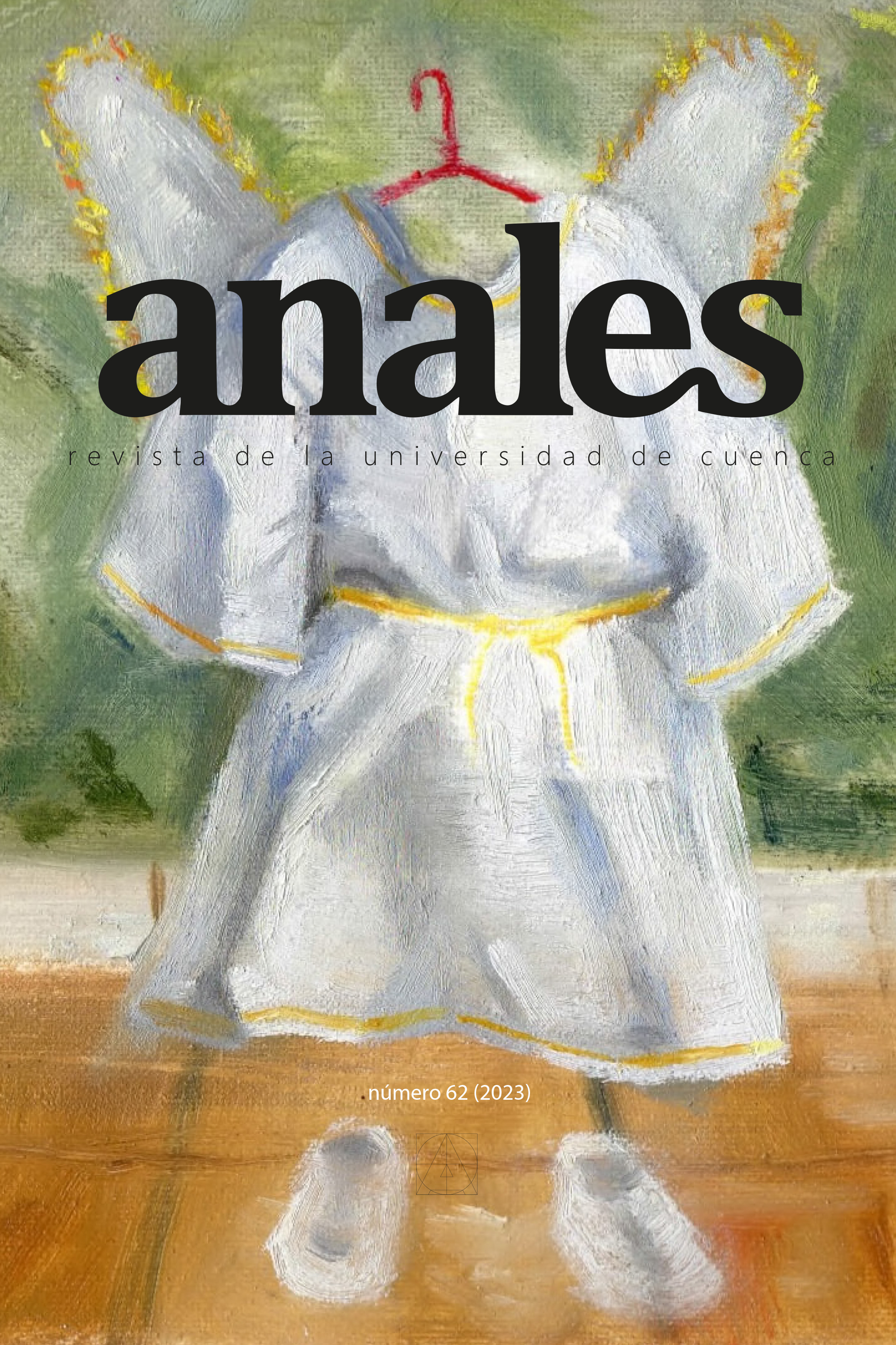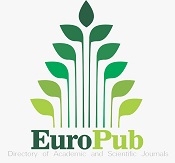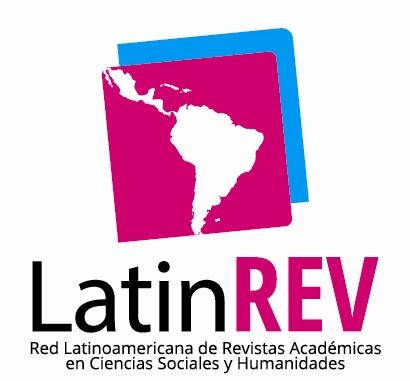Donald Judd at The Chinati Foundation. Some notes on his notion of exhibition space
Keywords:
architecture, art, Donald Judd, exhibition space, The Chinati Foundation.Abstract
Donald Judd’s interest in the exhibition conditions of his work and that of contemporary artists,would have been decisive in an architectural activity, with which he tested the spatiality of the artistic exhibition. That is why, with the research presented here, we want to discover some of the keys to his notion of exhibition space, with which he carried out these interventions in architecture. The interpretation of these keys acquires special relevance in an interdisciplinary context, but especially in the exhibition practice, for its singular application in The Chinati Foundation.An institution that was designed as an artistic colony in Marfa, Texas, where the critical position of the American artist was refected in the adequacy of its facilities. Thus, the study is based on a visit to the spaces that make up the foundation and on the in situ consultation of the original material prepared by Judd. A methodology that has allowed to deepen in that spatial approach, that led the artist to work actively in the exhibition adaptation. From this, his intentions to merge art and architecture are recognized, in a unified and integrating whole thatmakes The Chinati Foundation a unique museum.
Downloads
References
Fuchs, R. (1996). The Ideal Museum. An Art Settlement in the Texas Desert. Chinati Foundation Newsletter, 1, 1-6.
Huck, B. (2003). Donald Judd: Architect. En P. Noever (Ed.), Donald Judd: Architecture, Architektur (pp. 35-38). Hatje Cantz Verlag.
Judd, D. (2016a). 21 February 1993. En F. Judd y C. Murray (Eds.), Donald Judd Writings (pp. 810-818). David Zwirner Books y Judd Foundation.
Judd, D. (2016b). Judd Foundation. En F. Judd y C. Murray (Eds.), Donald Judd Writings (pp. 284-286). David Zwirner Books y Judd Foundation.
Judd, D. (2016c). Statement, 1968. En F. Judd y C. Murray (Eds.), Donald Judd Writings (pp. 197-198). David Zwirner Books y Judd Foundation.
Judd, D. (2016d). Statement for The Chinati Foundation. En F. Judd y C. Murray (Eds.), Donald Judd Writings (pp. 484-489). David Zwirner Books y Judd Foundation.
Krauss, R. (1979). Sculpture in the Expanded Field. October, 8, 30-44.
Llamazares, P. (2023). Donald Judd y la construcción del espacio específico. Entre el arte y la arquitectura (Tesis Doctoral, Universidad de Valladolid).
Rojo, L. y Tuñón, E. (1993).Untitled. Circo, (2), 1-12.
Sert, J. L., Léger, F. y Giedion, S. (1993). Nine Points on Monumentality, 1943. En J. Ockman (Ed.), Architecture Culture, 1943-1968 (pp. 29-30). Rizzoli.
Stockebrand, M. (2004). The Making of Two Works: Donald Judd’s Installations at The Chinati Foundation. Chinati Foundation Newsletter, 9, 45-61.
Stockebrand, M. y Weiner, R. (2010a). Arena. En M. Stockebrand (Ed.), Chinati: The Vision of Donald Judd (pp. 128-145). The Chinati Foundation y Yale University Press.
Stockebrand, M. y Weiner, R. (2010b). John Chamberlain Building. En M. Stockebrand (Ed.), Chinati The Vision of Donald Judd (pp. 106-127). The Chinati Foundation y Yale University Press.
Stockebrand, M. (2010). The Journey to Marfa and the Pathway to Chinati. En M. Stockebrand (Ed.), Chinati: The Vision of Donald Judd (pp. 12-49). The Chinati Foundation y Yale University Press.
Stockebrand, M. y Weiner, R. (2019). Chinati Foundation Oral History Project: Jamie Dearing. Chinati Foundation Newsletter, 24, 4-19.










